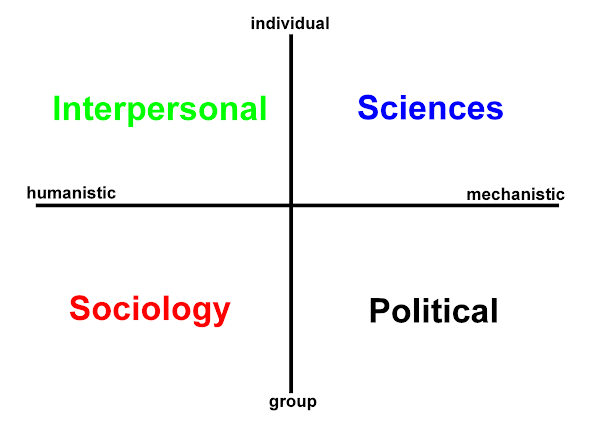World Drowning Prevention Day 25th July 2024
Every year, an estimated 236,000 people drown, making drowning a major public health problem worldwide. Drowning is one of the leading causes of death globally for children and young people aged 1-24 years. Drowning is the 3rd leading cause of unintentional injury death, accounting for 7% of all injury-related deaths.
The global burden of death from drowning is felt in all economies and regions, however:
- low- and middle-income countries account for over 90% of unintentional drowning deaths;
- over half of the world's drowning occurs in the WHO Western Pacific Region and WHO South-East Asia Region;
- drowning death rates are highest in the WHO Western Pacific Region, and are 27-32 times higher than those seen in the United Kingdom or Germany, respectively.
World Drowning Prevention Day
World Drowning Prevention Day, declared in April 2021 by General Assembly resolution A/RES/75/273 <https://undocs.org/en/A/RES/75/273>, is held annually on 25 July. This global advocacy event serves as an opportunity to highlight the tragic and profound impact of drowning on families and communities and to offer life-saving solutions to prevent it.Find more information in the following link:
In your country, are there any initiatives to prevent drowning?
Here are some of the measures shared at the United Nations web site.
- installing barriers controlling access to water;
- providing safe places away from water such as crèches for pre-school children with capable childcare;
- teaching swimming, water safety and safe rescue skills;
- training bystanders in safe rescue and resuscitation;
- setting and enforcing safe boating, shipping and ferry regulations;
- improving flood risk management.
My source (with video added above and Hodges' model below):
Jackeline. HIFA-Spanish ModeratorHIFA profile: Jackeline Alger, MD, PhD, is a parasitologist associated to the Department of Clinical Laboratory of the University Hospital; Executive Director of the Antonio Vidal Institute for Infectious Diseases and Parasitology; Tegucigalpa, Honduras. HIFA Country Representative of the Year for the years 2015 and 2018. Email jackelinealger AT gmail.com
The bullet points above mapped to Hodges' model, with additions (italics).
teaching swimming, water safety and safe rescue skills training bystanders in safe rescue and resuscitation awareness of risk situations confidence to learn to swim | installing barriers controlling access to water providing safe places away from water such as crèches for pre-school children with capable childcare improving flood risk management |
teaching swimming, water safety and safe rescue skills training bystanders in safe rescue and resuscitation family and community impacts SOCIO- | funding - prioritisation setting and enforcing safe boating, shipping and ferry regulations improving flood risk management facilities for safe & effective teaching -ECONOMIC LMICs |








 orcid.org/0000-0002-0192-8965
orcid.org/0000-0002-0192-8965